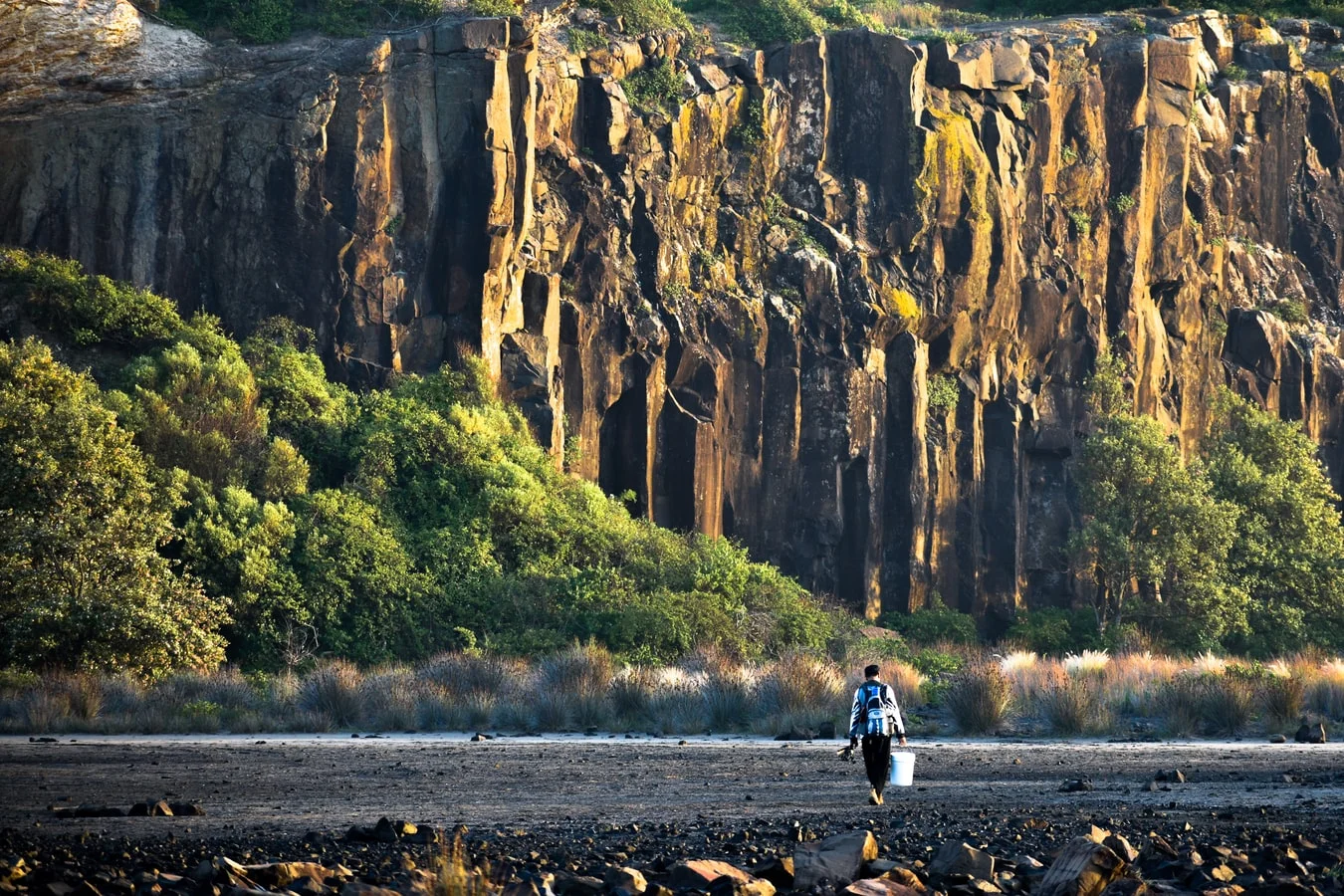In November, an international team of scientists, led by AuScope’s Earth Imaging group at the University of Adelaide, set out to obtain new AusLAMP MT sites on the seafloor of the Spencer Gulf in South Australia — a missing piece of the larger Gawler Craton puzzle. Here’s why that matters.
Read MoreBetter integration of Earth observation data into environmental models is critical for scientists to understand, predict and address complex global sustainability challenges and to realise significant societal benefits. Here we reflect on an energetic discussion of this topic at GEO Week 2019 and opportunities ahead.
Read MoreMeet Min, our talented Subsurface Observatory technician who has taken her love of geology into the arts, environment and community — all in the name of reconnecting people with place.
Read MoreAuScope is excited to help celebrate the launch of Monash University’s Drone Discovery Platform which brings together drones, data, NCRIS-enabled workflows and analytics, allowing researchers across STEM and HAAS to imagine a new generation of high resolution imaging possibilities.
Read MoreHappy #EarthScienceWeek, AuScopers. I hope that all your crystals are recharged. There is much to celebrate in our space, so check out our social media channels for great stories, profiles, gadgets and animations.
Read MoreRecently, geologist, Belinda Smith joined artist Lee Harrop in a group arts-science project led by Lee at the Darwin Festival titled ‘Still Lives — A Beautiful Science’, to share the science of spectral geology as it relates to mineral exploration in Australia. Belinda and Lee reflect with us on insights from each other’s worlds.
Read MoreScientists from the Geological Survey of Victoria (GSV) discover that Victoria’s scenic high country continues to be influenced by New Zealand as trans-Tasman tectonic pressure, as it drives up the mountain range. This insight comes from data gathered in new, deep crustal seismic reflection survey enabled* by AuScope.
Read MoreResearchers from our SAM program have developed a novel way to model the temperature of Earth’s crust in southeastern Australia. Their work has since attracted a grant from the International Association of Mathematical Geosciences (IAMG) to investigate earth temperatures further afield in Alaska.
Read MoreInvestigating life on Earth, dating fossils and measuring earthquakes is all in a day’s work for our ANU outreach team. Recently they illuminated young minds in a full day GEMS workshop, sharing some of the fascinating and diverse career opportunities that are available across these natural sciences.
Read MoreIntroducing the AuScope Geochemistry Network (AGN), a new project within the AuScope Earth Composition and Evolution (ECE) Program which aims to create, coordinate, promote and develop national geochemistry research infrastructure and maximise its use by the Australian research community.
Read MoreHow does one distill a PhD project in just three minutes and simple terms? Rohan Byrne from Melbourne Uni has it down to a fine art, winning a 3-Minute Thesis competition in June. Here are his tips for sharing science.
Read MoreGeodynamicists from Sydney and Australian National universities have developed Stripy, a software module that allows scientists to efficiently place GIS ‘wrapping paper’ around the spherical Earth ‘present’.
Read MoreEvery quarter when I sit down to write this update, I think I start by saying ‘well it has been a busy 3 months’. This quarter I think it is fair to say that it has been that on steroids! Sitting at the top of the list is the AuScope investment planning process that many of you have been involved in. Thank you again to those who have participated!
Read MoreEarth’s outer skin — where water, atmosphere, ecosystems, soil and rock interact — regulates Australia’s environment and determines the availability of life-sustaining resources. But how resilient is our Critical Zone to human impact?
Read MoreResearchers from the ANU are thrilled to announce that AusPass has just become the first FDSN data centre in Oceania. Scientists can now access extensive Australian seismology datasets from anywhere in the world.
Read MoreRecently, an international team of volcanologists married 21st century research with Bronze Aged field observations from Turkey’s Kula UNESCO Geopark to confirm the world’s oldest, demonstrable human sighting of a volcanic eruption.
Read MoreToday we’re celebrating a significant step towards delivery of FAIR data across the earth and environmental sciences after Nature Communications published an article titled “Make scientific data FAIR” overnight.
Read MoreSedimentary basins around the world are critical to sustaining modern life on Earth. These basins can be thought of as containers that hold water, minerals, energy, and can potentially be used to store carbon dioxide. Unpacking how they form, and where those resources and storage opportunities may lie is a sizeable feat for the best of us...
Read MoreSince 2013, geophysicists have systematically surveyed the Australian crust and mantle. Recently, the AusLAMP team celebrated completing the South Australian portion of the project, shining a light on potential ore deposits ‘hiding’ at depth.
Read More




















